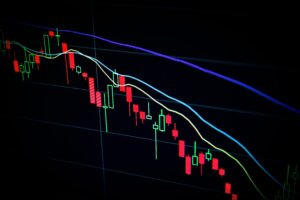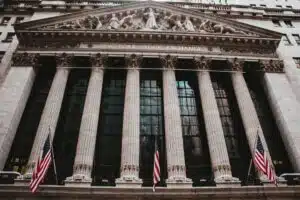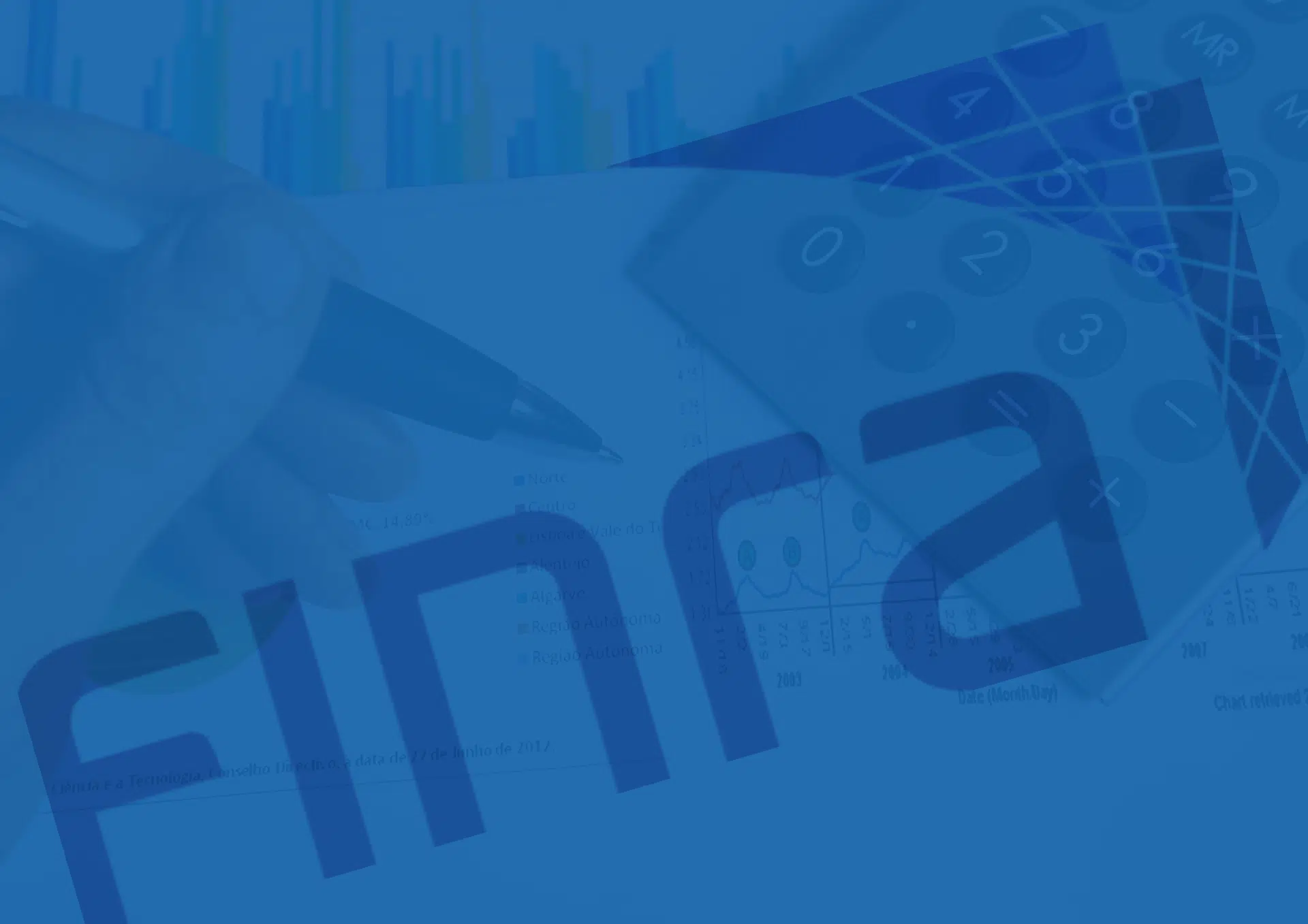Table of Contents
- 1 What is FINRA?
- 2 The History of FINRA
- 3 What are Securities?
- 4 What are Self-Regulatory Organizations?
- 5 How Does FINRA Protect Investors in the Securities Market?
- 6 The Impact of FINRA on Investors’ Protection
- 7 How FINRA Protects the Market Integrity
- 8 FINRA’s Examinations and Licences
- 9 Fraud Victim Recovery Checklist
- 10 FINRA and Cryptocurrency
- 11 Conclusion
- 12 Identity.com
A doctor’s mistake or a wrong prescription can end a person’s life, which is why a regulatory body certifies doctors and health practitioners. The purpose of this regulatory body is to protect the patient. Like in the investment industry, a regulatory body ensures that investment companies are appropriately licensed, preventing fraud.
Imagine if someone woke up one day and declared themselves a doctor. It’s the same for the investment industry; anyone aspiring to be a broker has to undergo formal training before saying, “I am now your broker; let me take care of all your investments.” Therefore, in the U.S., brokers and investment activities are certified, monitored, and regulated by a regulatory body. FINRA, the regulatory body that brings orderliness to the U.S. securities market, is the regulatory body in charge of maintaining due diligence and regulations when investing. A single investment mistake can move a man from “millionaire status to homelessness.”
What is FINRA?

The Financial Industry Regulatory Authority, commonly known as FINRA, is a non-profit organization that writes and enforces ethical practices for registered brokers in the United States. FINRA’s existence is about protecting market integrity. Many refer to FINRA as an organization that regulates and certifies brokers and brokerage firms. Below is a simplified list of responsibilities:
- Write and enforce rules for registered broker-dealers
- Monitors brokers’ compliance with the rules
- Monitors daily market functions
- Promotes market transparency
- Handles customers’ complaints
- Provide educational materials for investors
The History of FINRA

The Securities and Exchange Commission (SEC) oversees FINRA, a self-regulatory organization founded in 2007. It is government-approved but not government-owned or funded, i.e., no taxpayer money is spent here. FINRA’s activities can be traced back to 1934, before the creation of the SEC – below is the timeline of events that led to FINRA’s creation:
1934 — There was an abuse of the stock market in 1929, which led to a crash in the financial market. This created the Security Exchange Commission (SEC) according to the Securities Exchange Act of 1934.
1939 — The National Association of Securities Dealers (NASD) was registered with SEC to prevent the abuse recorded in previous years and supervise its members’ activities.
1971 — NASD launched a computerized stock trading system stock market called the “National Association of Securities Dealers Automated Quotations (NASDAQ).”
1998 — New York Stock Exchange (NYSE) and American Stock Exchange (AMEX) merged, bearing NYSE American, more recently known as NYSE MKT.
2000 — Two years later, NASDAQ became an independent body out of the control of NASD.
2007 — The NASD and NYSE merger was approved by SEC to establish a new self-regulatory organization (SRO). Combining these two enforcement bodies resulted in FINRA, reducing compliance and regulatory complexity.
Over the years, FINRA has been doing what Congress empowered it to do, overseeing over 624,000 brokers across over 4,500 brokerage firms as of 2020 and over 162,000 branch offices while analyzing market events worth billions of dollars daily. With headquarters in Washington, DC, and additional offices in all 50 states, including two overseas offices in London and Puerto Rico, FINRA employs 3,600 people.
As FINRA oversees and analyzes enormous amounts of data and market events daily, it utilizes AI and machine learning technologies to support regulators, policymakers, and other stakeholders. If the existence of FINRA rallies around the investors’ protection and the security market, what then are “securities”?
What are Securities?
In the securities market, financial instruments that hold some value are called securities; they are issued by governments or private companies such as bonds, stocks, mutual funds, derivatives, etc. The Securities Market is where the prices of securities are determined by supply and demand (buying and selling) by market participants (investors). For market participants (investors) to buy and sell different instruments, brokers and brokerage firms are required, which can result in abuses and misuses, thereby compromising the market’s integrity; for this reason, FINRA was established to protect investors.
What are Self-Regulatory Organizations?
A self-regulatory organization is a non-governmental organization established by the SEC to regulate professional groups, for example, stock brokers and broker-dealers. The SEC oversees its operations, rules, and regulations to ensure professionalism, equality, and proper ethics in the industries for which these SROs were created. FINRA is a perfect example of a self-regulatory organization.
How Does FINRA Protect Investors in the Securities Market?

“FINRA is the first line of defense for investors,” said one of FINRA’s employees; this has been the agency’s mantra in its public relations materials, emphasizing how the agency exists to protect investors. The following are the ways investors are protected:
- Only licensed brokers can sell to investors — anyone selling security products has been tested, qualified, and licensed. Examinations and certifications facilitate this process.
- The sale of only tested and qualified products — FINRA reviews and approves investment products before they hit the market. Investors are protected by ensuring that only authorized products are sold to them.
- The sale of only suitable products — brokers must not be found pushing any product down the investors’ throats. Investors should instead be offered only relevant products.
- Truthful advertisement materials or information — in the business world, salespeople easily sweet-talk customers into making buying decisions. As a result, FINRA requires that all advertisement materials, news, and promises be balanced, truthful, and not misleading.
- Ensures complete disclosure of investment products — brokers must disclose the security product’s potential risk and historical performance.
To achieve all of the above, FINRA enforces rules for brokers, and strict compliance is expected. As a result, brokers and brokerage firms must comply or suffer the consequences. Additionally, the agency ensures that investors are equally informed.
The Impact of FINRA on Investors’ Protection
There is no perfect agency or establishment, and FINRA is no exception. Without focusing on the negative, how has FINRA protected investors? By establishing FINRA’s structure, self-proclaimed brokers can be cross-checked to ensure they are indeed licensed. Despite numerous examinations, this single act has saved many investors from falling into the wrong hands. In addition to penalizing erring brokers, FINRA helped investors recover losses in some cases. As seen on the agency’s website, FINRA achieved the following in 2020:
- 808 disciplinary actions against registered brokers and firms for unethical behavior.
- Levied $57.0 million in fines.
- Initiated $25.2 million in restitution to defrauded or harmed investors.
- Referred over 970 fraud and insider trading cases to the SEC and other agencies for litigation and/or prosecution.
How FINRA Protects the Market Integrity

By protecting investors and disciplinary measures against non-compliant brokers, FINRA contributes to a balanced market devoid of unethical practices, which is the agency’s mission. What are the five steps used by FINRA to achieve this market integrity protection?
- Prevent misconduct through rule enforcement — FINRA writes the rule for every brokerage firm in the U.S., simultaneously monitoring their compliance. In addition to ensuring that all brokers are licensed, FINRA employs trained financial examiners in the public space to observe the daily operations of brokers as a means to protect investors. Furthermore, FINRA ensures compliance with advertising and marketing content by reviewing brokers’ advertisements, which can amount to 100,000 materials annually.
- Detect and prevent wrongdoing in the U.S. markets — The agency uses artificial intelligence, machine learning, and other innovative technologies to detect potential misconduct in the market. These technologies gather data that help expose insider trading and other dishonest practices used by firms or individuals to gain an unfair advantage in the market. If any firm or individual is found with methods against the established FINRA rule, such person or firm is fined or faces a fraud charge before the appropriate regulatory body.
- Discipline non-compliant brokers or firms — FINRA is authorized by Congress, with the oversight of the SEC, to penalize any person or company that tries to misuse the market for self-gain. This penalty can be a fine, suspension, or total ban from the security market.
- Investor Education — There is clarity in decision-making when there is proper education; FINRA understands this and uses it to the advantage of the investor. Providing valueless penny stocks to well-informed investors would be impossible. FINRA provides resources to nurture wise investments. In addition, the agency offers free help through the FINRA Investor Education Foundation to teach the public to be investment savvy.
- Resolve securities disputes — Misunderstandings and problems happen, especially in money-related issues. Unfortunately, such situations often exist between brokers and investors. For this reason, FINRA has at least one “hearing location” in all 50 states to resolve disputes between investors, brokers, and brokerage firms; the agency also provides a toll-free line.
FINRA’s Examinations and Licences
To operate in the security market, you must be licensed. To be approved, you must prove your knowledge of the industry and the particular niche of interest by passing through some examinations conducted by the regulatory agency. These exams cover the regulatory structure of the security market, the general knowledge of SROs, and the FINRA rules, including how the security market generally operates.
Fraud Victim Recovery Checklist
Many people have been victimized by investment fraud, and many lives have been disrupted by it. One of the purposes of regulatory bodies is to protect the investing public and bring criminals to justice. Below are necessary investment fraud checklist.
- Create an investment fraud file — securely document all relevant information about the fraud. The fraud file should contain the following documents:
- Contact sheet of the perpetrator’s name
- Telephone numbers and website address
- Mail and email addresses
- Fraudsters alleged regulatory registration number (if provided)
- Call notes or records
- Documented timeline of events (this can be over a short period or cover many years)
- Police report
- Most recent credit reports from all three credit reporting companies
- Provide other relevant information about the fraud and its perpetrator(s)
- Know your rights — The law’s provisions protect and seek justice for victims. The U.S. Department Of Justice (DOJ) requires this, providing relevant information for victims and offering helpful services through its Victim-Witness Program. Some state laws protect victims’ rights, so getting acquainted with them is helpful.
- Report fraud to regulators — There are many financial crime regulators in the U.S., so it is advisable not to hesitate to report to the regulatory agency that applies.
- Report fraud to law enforcement agencies — one of the ways to get the capital recovery process started as a victim is reporting to law enforcement bodies for proper investigation of the perpetrators. Some agencies to report to include local law enforcement, the local FBI field office, the district attorney’s office, etc.
- Follow-Up — If all the above steps have been completed, follow up with the law enforcement agencies you used after 30 days.
FINRA and Cryptocurrency

FINRA explained cryptocurrency to the investing public on its website as part of its investor education program, starting with blockchains and bitcoin, non-fungible tokens (NFTs), and stablecoins, including how these virtual currencies can be stored in a decentralized environment. Furthermore, FINRA warns investors to do proper research on each cryptocurrency presented to them by brokers before investing. In the case of a breach of contract, fraud, or other problems that can harm an investor, FINRA can help if investors conduct due diligence on both the broker and the crypto instrument before investing.
For brokers and brokerage firms that offer crypto as part of their product, FINRA requires proper KYC to be carried out on the investor and for FINRA to be officially informed before the broker or brokerage firm adds crypto products to its list of security products for investors. The Financial Industry Regulatory Authority (FINRA) hasn’t dabbled in cryptocurrency. Still, it does oversee how it operates in the securities market since it oversees brokers who sell it to investors.
Conclusion
When compared to the Securities Exchange Commission (SEC), FINRA is a private and independent regulatory organization. The SEC (government-owned) oversees all FINRA activities aimed at protecting investors. Brokers and brokerage firms must maintain the integrity of the security market, according to FINRA. As far as Congress allows, the regulatory agency will go to any lengths to maintain professional behavior in the securities market, which boosts investor confidence. Over the past few years, FINRA has commented on the popularity of cryptocurrency and the investment opportunities it provides. Investors are expected to take some responsibility before investing in such instruments. Brokers are also likely to follow FINRA rules; however, more comments and probably more restrictions should be expected since the cryptocurrency ecosystem is still in its infancy.
Identity.com
Customers’ identity verification is crucial for 21st-century businesses, especially those that deal with financial services, since KYC compliance is a mandatory requirement. FINRA-licensed members are also affected since their clients’ (investors’) details are equally important. With Identity.com, businesses can offer their customers a hassle-free identity verification process. Identity.com provides access to on-chain and secure identity verification through an open-source ecosystem. We improve the user experience and reduce onboarding friction through reusable and interoperable Gateway Passes. Please refer to our docs for more info about how we can help you with identity verification and the general KYC process, including other regulatory compliances.

